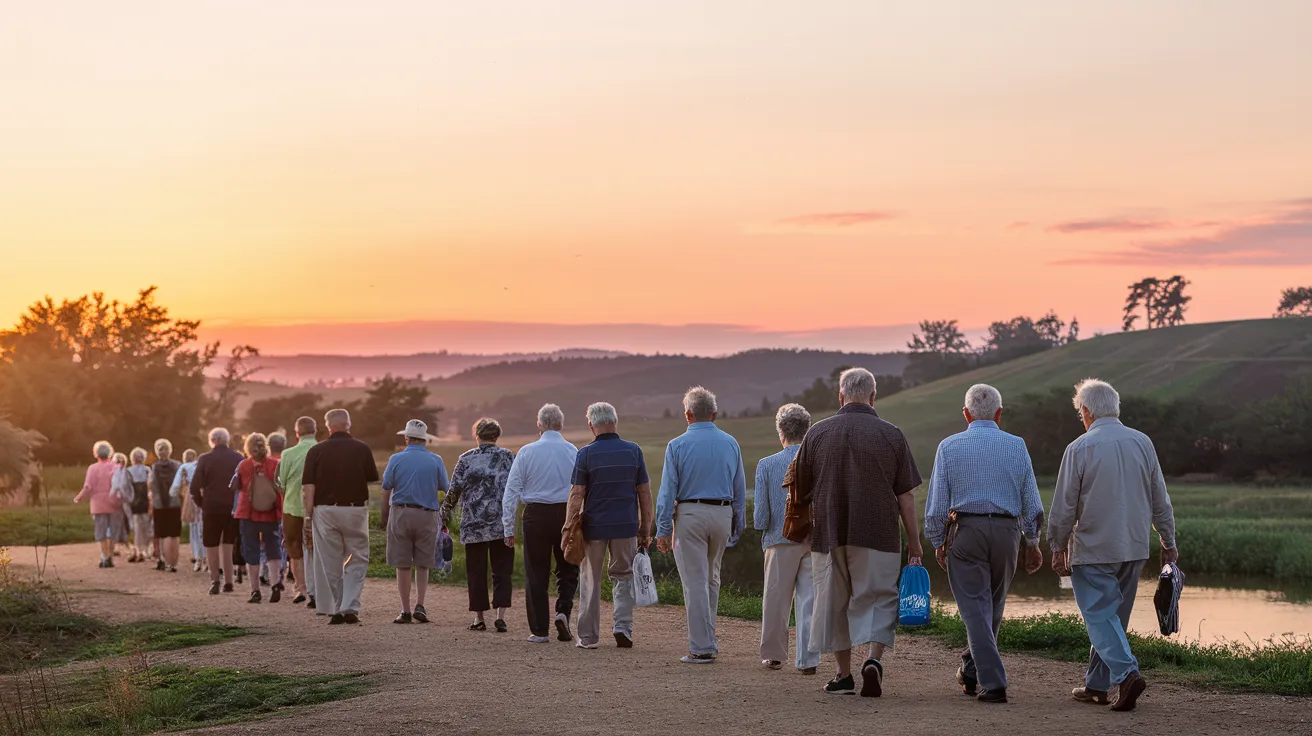Bringing Back Local Small Scale Manufacturing
Small-scale local manufacturing might just be key to bringing energy back to our struggling main streets, says Ilana Preuss.

Table of Contents
Today's email is brought to you by Convergence.
The following is a thought leadership post by Ilana Preuss. Ilana is the Founder & CEO of Recast City, and the author of Recast Your City: How to Save Your Downtown with Small-Scale Manufacturing.
Once upon a time, our cities and towns had small-scale manufacturing threaded throughout our main streets: the tailor and dressmaker, the furniture maker, the coffee roaster – you get the picture.
But over time, we sent these businesses off to the corners of our towns and to the edges of our cities.
We relegated them to marginal properties and out of the way locations.
Then retail and services followed them out to the suburbs.
Yes, this was because of a whole host of policy decisions (it didn’t just magically happen), but these decisions hollowed out our cities, hollowed out our good paying jobs, and hollowed out the identity of many neighborhoods, small cities, and towns.
Before COVID hit, retail and all sorts of activity were coming back to main streets. Towns promoted their festivals, bedroom communities finally decided to build the downtown they never had, and some places were seeing a renaissance of their storefronts because of the investments they made in the place and in the people.
In some places, it came easily. In others, it was a struggle.
And in many places today it is still a struggle. Even more so because any momentum that was building before the pandemic is now lost. More places recognize that "traditional" retail just won’t work on their main street. They don’t have the foot traffic to support it and they can’t keep it, even on the off chance that it moves in.
But we have an answer right in front of us (that’s been hiding under our noses for a while): small-scale manufacturing businesses.
These product businesses can fit into our storefronts, bring people out to see what is being made, and put good paying jobs back into the center of our communities. They might just be key to bringing energy back to our struggling main streets.
What if we found that putting those good jobs – businesses owned by our neighbors – back in the center of town would help bring more people downtown and onto main street?
Fortunately, some places are figuring this out. They are adding the coffee roaster, the soap maker, the belt and bag maker back into main street. And they are reaping the benefits.
Take Rhode Island Avenue in northeast Washington, DC. This neighborhood main street consists of one and two story commercial buildings that were once the center of vibrant neighborhood commerce. After the riots of the ‘60’s, business fled, banks wouldn't loan in that area, and the retail that remained, like convenience stores, no longer enhanced the neighborhood the same way.
In 2013, the neighborhood rallied and residents came together to create the Rhode Island Ave NE Main Street program.
One of the first new businesses to set down roots on the main street was Zeke’s Coffee. Zeke’s operates a coffee shop along the street, with coffee roasting production in the back. They wanted to be a part of a neighborhood, but also have the space to continue their production.
They bring foot traffic from the nearby neighborhood. And they sell their coffee beans wholesale throughout the region. They bring the people out and onto the block. And they create jobs in the neighborhood. Since Zeke’s opened, other storefronts filled in too because of the added attention and foot traffic.
The impact is easy to see.
In the nearby neighborhood of Ivy City, redevelopment and investment exploded after a few new local breweries and distilleries opened their doors in the neighboring industrial area. They are now the commercial anchors of the neighborhood. A multi-floor warehouse was renovated to lofts, hundreds of people come to tasting events every weekend, and investment is flowing into the neighborhood again.
Main Streets in small towns also benefit from local producers. In Burlington, NC, the community knew that they wanted more attention on their downtown so over 2,000 community members became the founding investors in a community-owned brewery. On the main street. The production business brings people to the shops, and the local main street, supporting foot traffic to other businesses as well.
In cities and towns across America, small production businesses are bringing energy and people back to our main streets.
Do you have great, local producers in your downtown or main street? Send me a picture and tell me their story so we can showcase them too.
Take care,
ILANA
P.S. Ready to make this happen in your community? Book a time for us to chat or check out how we start work with every community.
Econ Dev Show Newsletter
Join the newsletter to receive the latest updates in your inbox.

